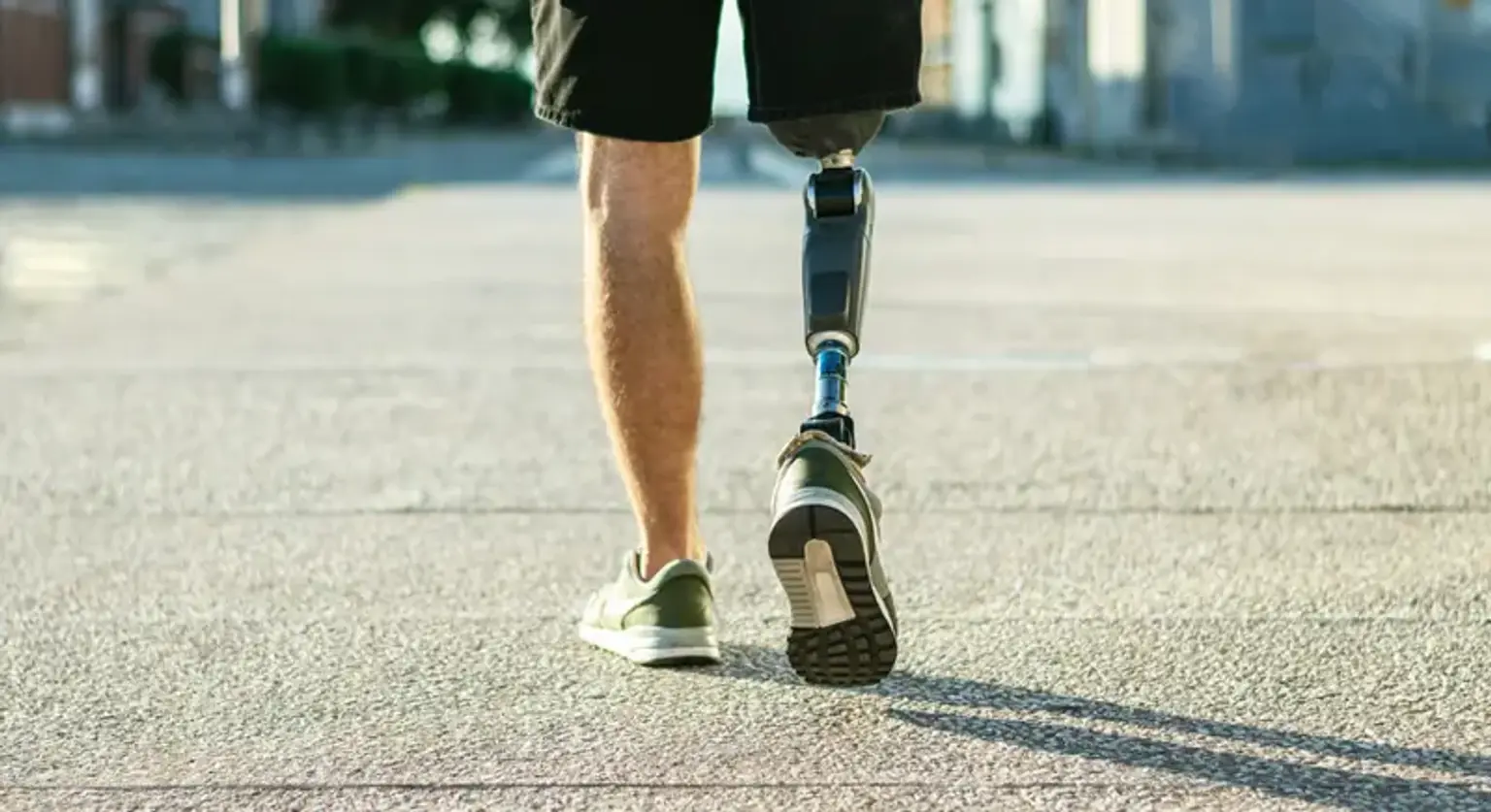Introduction
Prosthetic plastic surgery is a revolutionary field that combines the expertise of plastic surgeons with advanced prosthetic technology to restore both function and aesthetics to patients who have lost limbs or facial features due to trauma, disease, or congenital conditions. This specialized surgery helps individuals regain independence and confidence, improving their quality of life in ways that go beyond medical restoration. From limb prosthetics to intricate facial reconstructions, prosthetic surgery plays a crucial role in giving patients a chance to live life fully after significant injuries or abnormalities.
What is Prosthetic Plastic Surgery?
Prosthetic plastic surgery refers to procedures designed to replace lost or damaged body parts with prostheses—artificial devices that mimic the appearance and functionality of natural limbs or facial features. Unlike purely cosmetic surgery, prosthetic surgery focuses on restoring both form and function. Prosthetics can be used for limbs, such as arms or legs, or for facial features like eyes, noses, and ears, and can be customized to suit each patient's specific needs.
The procedure combines medical expertise with cutting-edge technology, allowing for advanced customization in both the look and the function of the prosthesis. For example, bionic limbs not only replicate the shape of a lost arm or leg but can also incorporate advanced functionality such as movement control, thanks to neural interfaces and sensor technology.
The Need for Prosthetic Surgery: Real-Life Impact
For individuals who have experienced the loss of a limb or facial feature due to accidents, medical conditions, or congenital deformities, prosthetic surgery provides a chance to regain normalcy. It isn’t just about physical restoration; prosthetic surgery addresses the psychological toll of losing a part of one's body, helping patients regain their confidence and sense of self.
